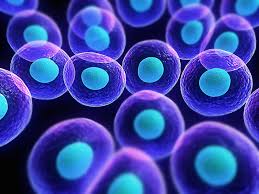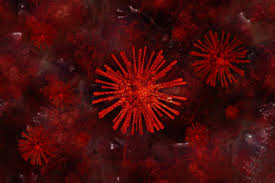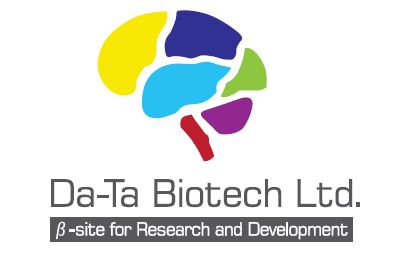Tucked away in Tokyo’s trendiest fashion district — two floors above a pricey French patisserie, and alongside nail salons and jewellers — the clinicians at Helene Clinic are infusing people with stem cells to treat cardiovascular disease. Smartly dressed female concierges with large bows on their collars shuttle Chinese medical tourists past an aquarium and into the clinic’s examination rooms.
In a typical treatment at Helene, clinicians take skin biopsies from behind the ear and extract stem cells from the fat tissue within. Then they multiply the cells, infuse them intravenously and, they claim, let them home in on the damage — in this case, arteries stiffened by atherosclerosis.
Two posters on the wall outline promising results backed by major pharmaceutical companies and published in top scientific journals. They lend an air of legitimacy, but neither presents data on treatments offered at the clinic. When pressed for details by a visitor (who did not identify himself as a journalist), a concierge said that she could not offer evidence that Helene’s services are effective at treating the condition, mainly because results vary by patient. She eventually explained that the treatment is more for prevention. “It’s for anti-ageing,” she said.
When Nature later contacted the company with a list of questions, a representative declined to provide evidence that the treatment works or information on the number of people treated or their outcomes, saying that the company would be announcing the results in future conference presentations. He affirmed that Helene Clinic conducts all the necessary reviews and approvals for the procedures it performs as required by law, and that patients have not developed side effects.
Clinics such as this, which sell unproven cell-based therapies, aren’t new and aren’t unique to Japan. They’ve become common globally, from Mexico to Ukraine, India and Australia, and regulators are struggling to keep up. In the United States, authorities have grappled with a surge of clinics selling therapies that are unsupported by evidence and, in some instances, have harmed people. In Japan, however, the proliferation of stem-cell clinics is different: it is sanctioned and promoted at the top echelons of government, thanks to a pair of regulatory acts designed to stimulate business and position Japan as a world leader in regenerative medicine.
Five years after Japan adopted these regulations, more than 3,700 treatments, including many based on stem cells, are on offer at hundreds of clinics across the country, and a wave of foreign companies has set up shop there. “Japan has become a focal point for the development of innovative therapies,” says Gil Van Bokkelen, chief executive of the biotechnology company Athersys in Cleveland, Ohio, which is pursuing clinical trials of a stem-cell based treatment for stroke and respiratory disease in Japan.
Many companies, however, are taking advantage of the regulatory paths to avoid rigorous testing of their therapies and get them on the market fast. Scientists say that people who use them are probably not getting effective treatments. Most of the therapies approved for serious illnesses are supported by scant evidence, and there have been at least four reports of adverse events, including one death. Even government researchers and academic scientists who support the regulations say that changes are necessary….







